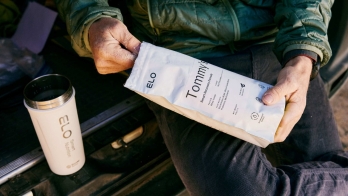Elo founders tried ProLon® fasting mimicking diet. Here’s what happened.
Intermittent fasting is all the rage right now. Whether you're into 5:2, 16:8 or have your own protocol, people are increasingly turning to fasting to shed those pesky pounds and improve their metabolic health. ProLon® offers a fasting-with-food solution that piqued the interest of Elo founders, Ari Tulla and Tapio Tolvanen. Read on to find out what happened when they tried ProLon®.

Move over clean eating and keto, fasting is back. From intermittent approaches like the 16/8 method and 5:2 diet to multi-day “fasting with food” programs like ProLon®, fasting has become more approachable (and appealing) to many people.
Named the most popular diet of 2020, many are turning to this age-old practice to manage weight and improve metabolic health, although the benefits appear to extend beyond simply cutting calories [1]. A growing body of evidence suggests that fasting may help reduce inflammation, lower blood pressure, improve insulin sensitivity and kickstart cellular regeneration [2, 3, 4].
Like other restrictive eating approaches, fasting comes with downsides. Hunger, headaches, and fatigue are common with fasting, but prolonged bouts come with serious health risks like low blood sugar, low blood pressure, and reduced immune function. Moreover, many of the benefits don’t really kick in until day 3, and the side effects of going without food this long can be serious.
That’s where the ProLon®
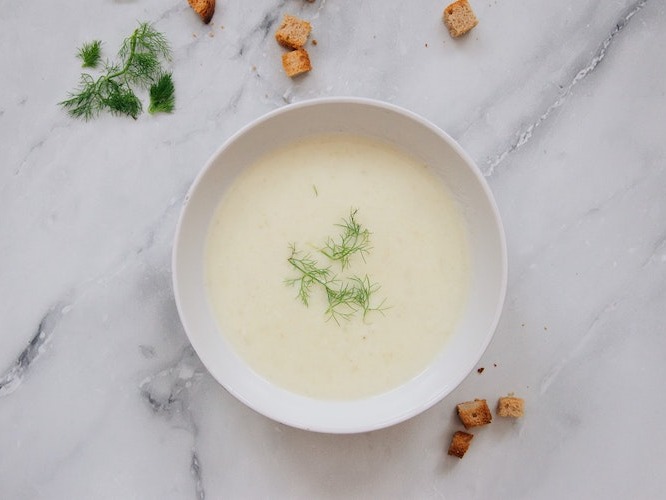
What is ProLon®?
Developed by Valter Longo, Ph.D., a respected longevity researcher and director of the Longevity Institute of Southern California, ProLon® (named for pro-longevity) is a five-day fasting-mimicking diet that switches your body into fasting mode while still allowing you to eat small amounts of food.
Offering a combination of calorie restriction, healthy fats, limited plant protein, and low-glycemic-index carbohydrates, ProLon® tricks cells to behave like they’re not being fed which stimulates cellular repair and regeneration. In addition to being more tolerable, this “fasting with food” approach reduces some of the more serious risks tied to prolonged fasting.
ProLon®
Benefits of ProLon®
The program is based on years of research and is also backed by scientific studies with impressive outcomes. Benefits of a fasting-mimicking diet include [3, 4, 5, 6]:
Weight loss
Reductions in blood pressure
Reduced body fat
Cellular rejuvenation
Enhanced cognitive performance and healthspan
Reduced autoimmunity and multiple sclerosis symptoms
Enhanced response to certain chemotherapy agents and slower progression of some cancers
The five-day meal program is low in carbs and calories and high in healthy fats. The kit costs $199 for a 5-day fast and includes proprietary nut bars, soup blends, kale crackers, olives, omega-3s, and multivitamins.
Day 1 of the ProLon® program provides just under 1,100 calories (10% calories from protein, 56% calories from fat, and 34% calories from carbohydrates) and about 725 calories for the following four days (9% calories from protein, 44% calories from fat, 47% calories from carbs) [7].
In addition to the food, supplements, and teas, the program includes a daily meal plan guide, a drink bottle, and daily emails to guide you through the diet.
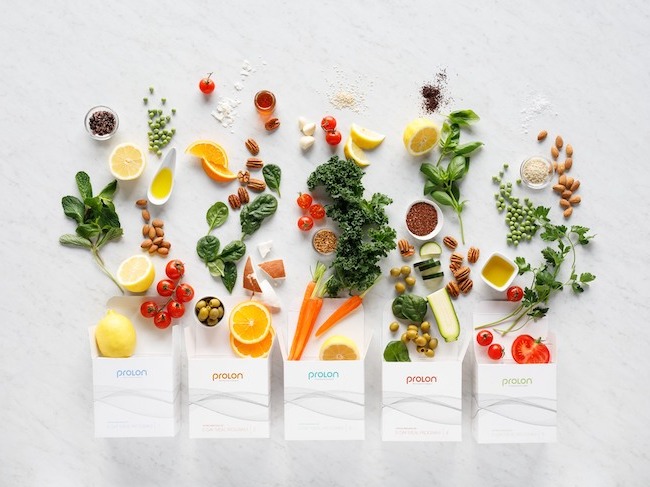
Why Elo founders, Ari and Tapio, wanted to try ProLon®
Elo founders, Ari Tulla and Tapio Tolvanen, have always been curious about nutrition’s impact on health and have a love for N-of-1 nutrition experiments. Tapio spent a good part of 2020 in “keto-mode” while Ari tested out a couple of prolonged water fasts. Both are experienced with intermittent fasting.
After reading Longo’s research and his best-selling book, The Longevity Diet
Ari, an avid cyclist, also wanted to see how ProLon® would impact certain biomarkers and whether ProLon®’s promise of performance improvement would hold true.
They both recently put ProLon® to the test - here’s what happened...
Overall ProLon® experience
This was the second 5-day ProLon® fast for Ari. He completed the program for the first time in August 2020, and again in February 2021. Both times his experience and biomarker responses were nearly identical.
Compared to water fasts, Ari found the fasting-mimicking approach much more doable.
“Eating limited daily calories makes fasting a lot easier than just water fast. You don’t experience extreme hunger at any point. You feel low energy on the second and third day, but after that, the energy goes up and you feel alert and healthy.” - Ari Tulla, Elo CEO.
He also noted that the ProLon® foods tasted good and felt nourishing. “The ProLon® olives taste amazing after a couple of days of limited calories,” said Tulla, who also mentioned his kids were eager to try them out.
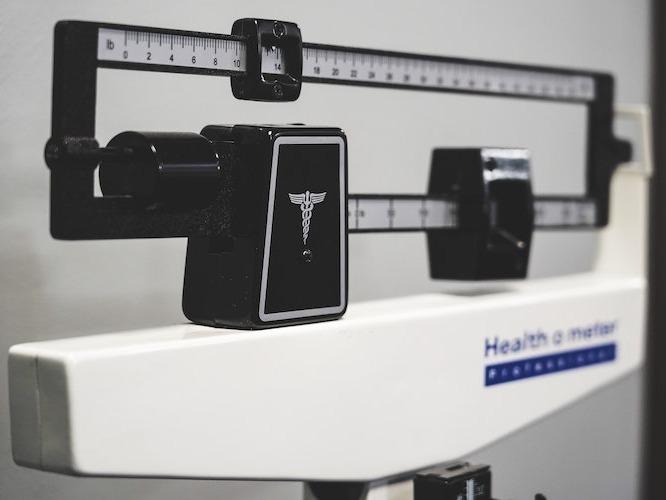
ProLon®’s impact on biomarkers
Weight loss
As you might expect, fasting and limiting caloric intake has been shown to decrease body weight [8]. ProLon® is no exception. In a small clinical study, ProLon® was shown over three cycles (once a month for 3 months) to help individuals lose an average of 5.7 pounds and 1.6 inches off their waist circumference [5].
Unsurprisingly, most people gain back the lost weight shortly after completing a fasting diet. This held true for both Ari and Tapio. Ari saw a significant 6.6-8.8 pounds drop in weight in both ProLon® fasts, which he fully regained within a week post-fast. Tapio also experienced a reduction in weight and similarly, gained it back after the Prolon program ended.
While early studies show that the ProLon® program monthly can be helpful to “kick start” weight loss, our experience shows it’s not effective for sustaining it. For optimal results, Longo recommends repeating the ProLon® program every 1-6 months.
Blood glucose
Ari wears a continuous blood glucose monitor from Levels Health
Both times Prolon soups caused significant spikes in blood glucose for Ari who keeps his glucose tightly controlled, typically under 95mm/dL. Ari attributes these spikes to the rice flour which has a high glycemic index. The glucose spikes were consistent during both of Ari’s ProLon® fasts. During the last three days of his most recent fast, Ari designed his own soup with simple ingredients like carrots, kale, and coconut milk, that had equal calories and a low glycemic index. Others have reported similar effects on the Levels Health Facebook group.
Below you can see the relative difference in glucose spikes between the ProLon® soups and Ari’s own soup. “Knowing about the negative impact of high glucose spikes, it’s hard to understand what’s behind Valter Longo’s decision to use common high-glycemic ingredients in their ProLon® soups. We’d love to help them improve the product.” said Tulla.
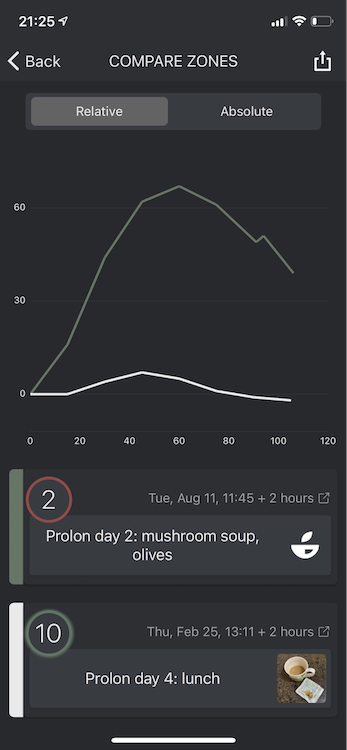
When Ari contacted ProLon® CEO, Joseph Antoun, about his blood sugar spikes during a fast, he indicated that this was an intentional part of the ProLon® experience.
“We have calculated how much of each macro we can nourish (not starve) your body with while not triggering the cells sensing pathways [that promote cellular regeneration]. There is a craze against carbs and people starving their body on water fast or keto, forgetting that the heart needs to pump and kidneys and pancreas and other essential organs need to function properly.” - Joseph Antoun, ProLon® CEO.
Sleep and resting heart rate
In previous water-only fasts, Ari remembers having difficulty falling asleep due to intense feelings of hunger. During both ProLon® fasts, Ari had no difficulty in falling asleep and woke earlier than usual but still felt well-rested.

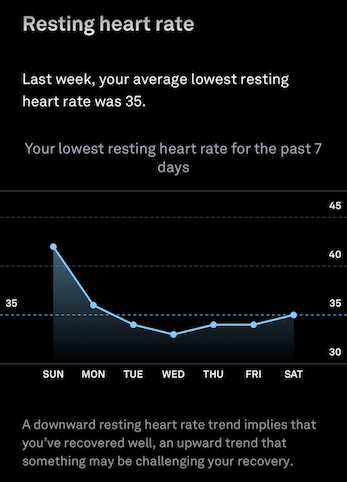
Ari’s resting heart rate dipped frighteningly low during the ProLon® diet, from his usual 40 beats per minute (bpm) to below 35 bpm. There is little scientific evidence on fasting impact on resting heart rate or sleep, but a 2013 paper on intermittent fasting notes
Exercise and recovery
Prolonged fasting or fasting-mimicking diets with low caloric intake makes strenuous exercise harder, and can even be dangerous since carbohydrate is the preferred fuel for working muscles. Jitters, headache, fatigue, and lightheadedness are all common symptoms of low blood sugar which can be exacerbated by exercise during a fast. Ari realized this pretty quickly after attempting a bike ride during his first ProLon® fast. “It’s not worth it. You just don’t have enough energy,” said Tulla.
After that fateful bike ride, Ari decided to opt for slow walks and quick bouts of stretching while following the ProLon® program. “This regime fit the fasting week perfectly. Having a week without the standard training routine made me feel peaceful and grounded. It also gave me extra motivation to get back on the saddle and in the weight room.”
Tapio, a dedicated runner, also found the same thing. Like Ari, he skipped the runs and opted for 60 minutes of walking per day instead while on Prolon to account for his reduced energy intake.
The verdict
Though it’s impossible to measure cellular repair and rejuvenation outside of a lab, both Ari and Tapio find the fasting-mimicking diet tolerable enough to do a couple of times a year considering the potential benefits.
Ari is a big believer in the ProLon® concept and has decided to incorporate either a quarterly water fast or a ProLon®-style fast into his nutrition routine. “The five-day fast offers a great way to pause the rat race and make lasting behavior changes,” said Tulla. That said, because of the glucose spikes he experienced after eating the ProLon® soups, Ari wouldn’t do this specific program again - but with his cooking skills he could likely achieve similar (if not better) results, on his own.
While ProLon® appears to be helpful for rapid weight loss, it’s important to note that it’s not right for everyone. If you have pre-existing conditions such as diabetes, are undergoing heavy training, and/or are pregnant/breastfeeding, you should consult your doctor before undertaking any kind of fasting program. For these groups, fasting may pose additional risks that outweigh the benefits.
Disclaimer: The text, images, videos, and other media on this page are provided for informational purposes only and are not intended to treat, diagnose or replace personalized medical care.
Key Takeaways
ProLon® (named for pro-longevity) is a five-day fasting-mimicking diet that switches your body into fasting mode while still allowing you to eat small amounts of food.
A growing body of evidence suggests that fasting may help reduce inflammation, lower blood pressure, improve insulin sensitivity and kickstart cellular regeneration [2, 3, 4].
In a small clinical study, ProLon® was shown over three cycles to help individuals lose an average of 5.7 pounds and 1.6 inches off their waist circumference [5].
If you have pre-existing conditions such as diabetes, are undergoing heavy training, and/or are pregnant/breastfeeding, you should consult your doctor before undertaking any kind of fasting program.
References
Foodnavigator-usa.com. (2020, June 16). IFIC: Intermittent fasting replaces clean eating as most popular diet, presents marketing challenges. https://www.foodnavigator-usa.com/Article/2020/06/16/IFIC-Intermittent-fasting-replaces-clean-eating-as-most-popular-diet-presents-marketing-challenges
Barnosky, A. R., Hoddy, K. K., Unterman, T. G., & Varady, K. A. (2014). Intermittent fasting vs daily calorie restriction for type 2 diabetes prevention: a review of human findings. Translational research : the journal of laboratory and clinical medicine, 164(4), 302–311.
https://doi.org/10.1016/j.trsl.2014.05.013
Brandhorst, S., Choi, I. Y., Wei, M., Cheng, C. W., Sedrakyan, S., Navarrete, G., Dubeau, L., Yap, L. P., Park, R., Vinciguerra, M., Di Biase, S., Mirzaei, H., Mirisola, M. G., Childress, P., Ji, L., Groshen, S., Penna, F., Odetti, P., Perin, L., Conti, P. S., … Longo, V. D. (2015). A Periodic Diet that Mimics Fasting Promotes Multi-System Regeneration, Enhanced Cognitive Performance, and Healthspan. Cell metabolism, 22(1), 86–99.
https://doi.org/10.1016/j.cmet.2015.05.012
Choi, I. Y., Piccio, L., Childress, P., Bollman, B., Ghosh, A., Brandhorst, S., Suarez, J., Michalsen, A., Cross, A. H., Morgan, T. E., Wei, M., Paul, F., Bock, M., & Longo, V. D. (2016). A Diet Mimicking Fasting Promotes Regeneration and Reduces Autoimmunity and Multiple Sclerosis Symptoms. Cell reports, 15(10), 2136–2146.
https://doi.org/10.1016/j.celrep.2016.05.009
Di Biase, S., Lee, C., Brandhorst, S., Manes, B., Buono, R., Cheng, C. W., Cacciottolo, M., Martin-Montalvo, A., de Cabo, R., Wei, M., Morgan, T. E., & Longo, V. D. (2016). Fasting-Mimicking Diet Reduces HO-1 to Promote T Cell-Mediated Tumor Cytotoxicity. Cancer cell, 30(1), 136–146.
https://doi.org/10.1016/j.ccell.2016.06.005
Wei, M., Brandhorst, S., Shelehchi, M., Mirzaei, H., Cheng, C. W., Budniak, J., Groshen, S., Mack, W. J., Guen, E., Di Biase, S., Cohen, P., Morgan, T. E., Dorff, T., Hong, K., Michalsen, A., Laviano, A., & Longo, V. D. (2017). Fasting-mimicking diet and markers/risk factors for aging, diabetes, cancer, and cardiovascular disease. Science translational medicine, 9(377), eaai8700.
https://doi.org/10.1126/scitranslmed.aai8700
Kubala, J., MS, RD. (2019, January 29). ProLon® Fasting Mimicking Diet Review: Does It Work for Weight Loss? Healthline.
https://www.healthline.com/nutrition/fasting-mimicking-diet
Johnstone A. (2015). Fasting for weight loss: an effective strategy or latest dieting trend?. International journal of obesity (2005), 39(5), 727–733.
https://doi.org/10.1038/ijo.2014.214

